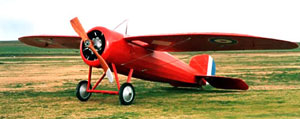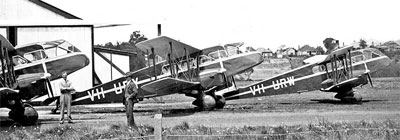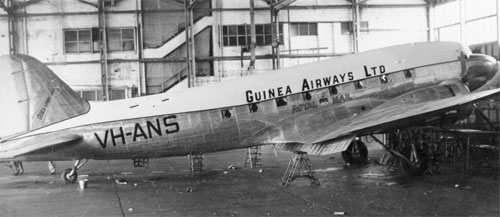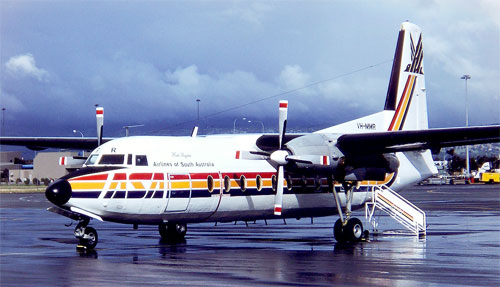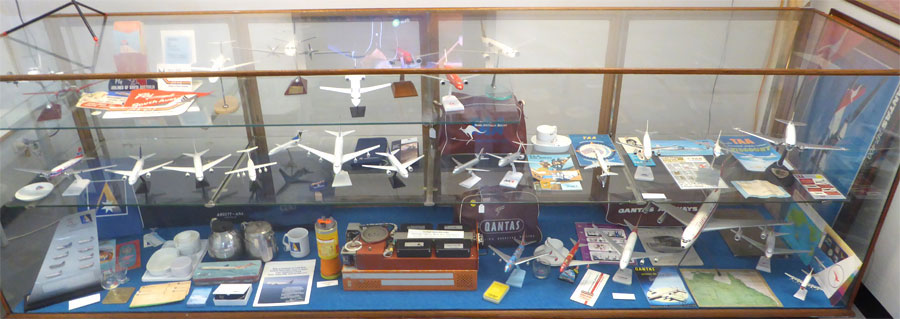In 1926, in Adelaide, C.J. Levien and C.V.T. Wells formed a gold mining company called 'Guinea Gold No Liability' with the intention of mining in the Bulolo area of New Guinea. They decided that aircraft would be used to overcome the transport difficulties in supplying their mine in the difficult terrain. On April 18th, 1927 it flew with its first passenger from Lae to the gold fields. The journey, which had previously taken 10 days on foot had been accomplished in only 45 minutes.
Guinea Airways was formed on 4th November, 1927 as a separate company to carry freight as part its parent company's gold-mining operations in New Guinea. During the next few years the company was to become the world's leading freight operator, carrying huge loads by 1930 standards, including complete motor cars. Guinea Airways could carry about 16 tonnes a day and carried more freight in one month than all other aircraft in the world actually carried in one year.
In February 1937, Guinea Airways commenced a weekly service between Adelaide and Darwin and won the Royal Mail Darwin/Adelaide trunk route in 1938. SAAM's Gipsy Moth VH-ULJ was used in the Buolo goldfields in New Guinea and in 1937, it was transferred to Guinea Airways and based at Lae. In January 1942, the Japanese bombed the company's headquarters at Lae, and they lost the bulk of the fleet of 15 aircraft. In February 1942, Gipsy Moth VH-ULJ was flown from Wau (New Guinea) to Parafield via Daru, Horn Island and Townsville to escape the Japanese invasion of New Guinea.
After the war, Guinea Airways was unable to return to operations in New Guinea and, with most of their fleet lost in the war, the profitable Adelaide/Darwin service was taken away and passed on to Trans Australian Airlines (TAA). Guinea began cooperating as a junior partner with Australian National Airways(ANA). Merger proposals submitted by Australian National Airways were rejected by shareholders, although ANA virtually became managing agents. Ansett Transport Industries Limited (ATI) acquired ANA and so Guinea made an arrangement with TAA on 1st July, 1958 to receive the services previously made available by ANA. This led to a successful take over offer on the 1st July, 1959 by ATI (Ansett). Guinea Airways became Airlines of S.A. (ASA) on 17th January 1960.
Source:
SLSA Document - Guinea Airways Ltd. (.pdf)
Note: SAAM has an 'Guinea Airways' display in Hangar 1

